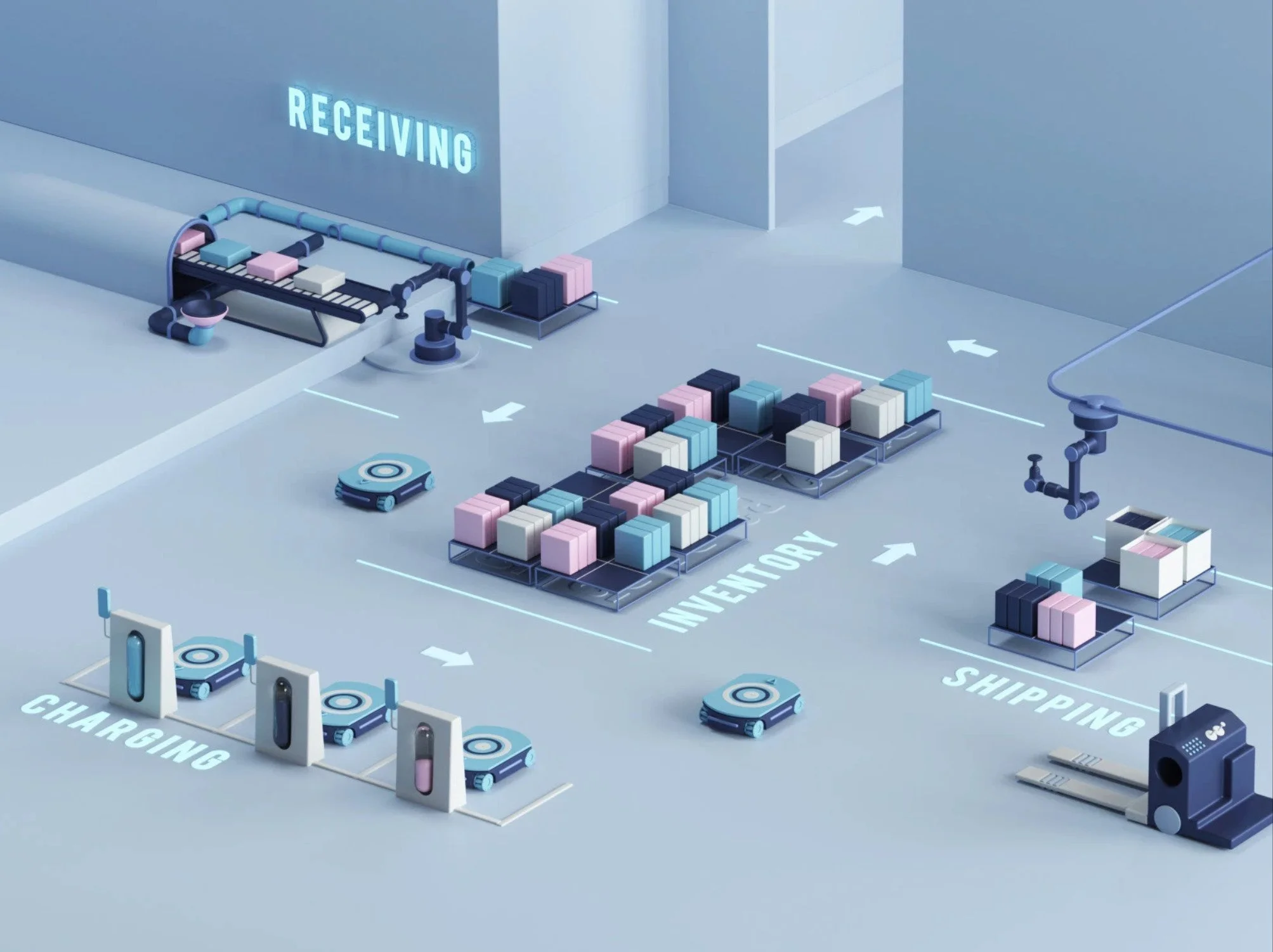Software-Defined Robotics: Making AI the Brand
A page from Formant’s presentation deck. The company offers fleet management software to support RaaS, and robotic operations and infrastructure.
Credit: Formant/Peter Tarka
The robot is a commodity; models, telemetry and update discipline are the differentiators
In a software-defined world, the value of a robot unit is increasingly determined by what happens above the metal: perception models, motion planners, telemetry pipelines, and the safety-aware machinery for changing them. That’s why the most persuasive pitches today centre less on payload and reach, and more on observability and the cadence of safe improvement.
Middleware is the plumbing that turns this from rhetoric into reality. ROS 2 standardised on DDS for discovery and quality-of-service control, giving vendors a way to compose systems that behave well on real networks with real timing constraints. Where performance matters at the edge, specialised platforms such as NVIDIA’s Jetson family and Intel’s OpenVINO toolkit are now baseline options, with mature SDKs and ecosystems. The point isn’t vendor worship; it’s acknowledging that reliable, supported stacks reduce integration risk and accelerate the path from lab to line.
If software is the product, updates are the brand. Buyers want controlled pipelines: simulation, A/B deployment, rollbacks, audit logs, and explicit links from anomalies to fixes. Safety standards still govern the frame—ISO 10218 and, for collaborative modes, ISO/TS 15066—but customers increasingly expect to review update processes alongside CE/UKCA paperwork. That is especially true as AI features expand; EU buyers will also ask how the AI Act’s timelines intersect with your roadmap for embedded AI.
GTM reasoning in this landscape sounds like service architecture. Vendors are normalising subscriptions for fleet management, perception updates and remote ops, with SLAs that map to customer outcomes (uptime, throughput, recovery times). Integrators, in turn, are being enrolled as lifecycle partners with recurring incentives. The hardest part is not the billing; it’s the telemetry discipline to support it—clean logs, stable metrics, and evidence that updates improve the right things without unintended regressions.
Software-defined doesn’t mean hardware-agnostic. It means specifying arms, EOATs and sensors that are stable, swappable baselines, so value accrues in the software and the data. The vendors who make that stability visible—and make their update discipline inspectable—will be trusted to carry more of the customer’s process over time.
